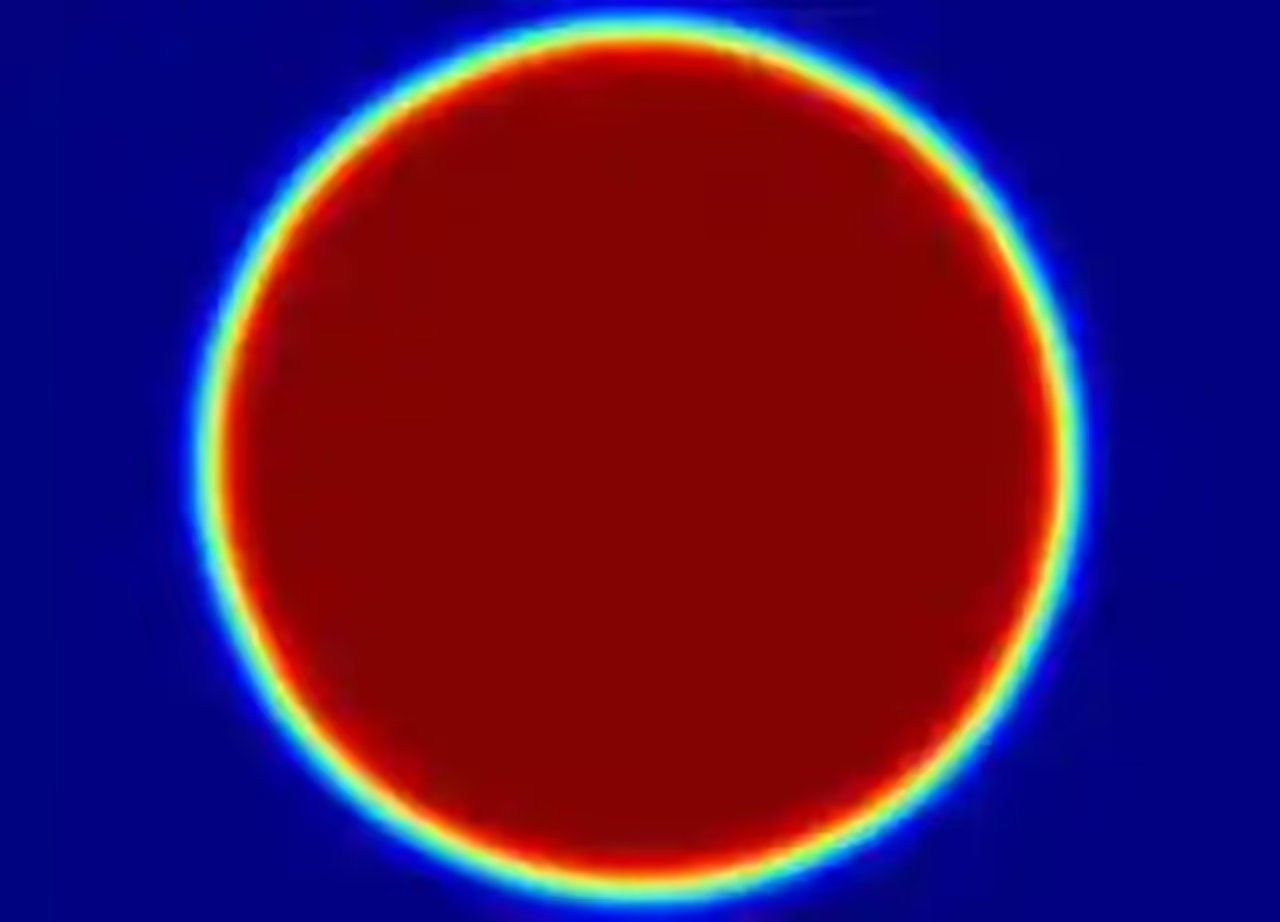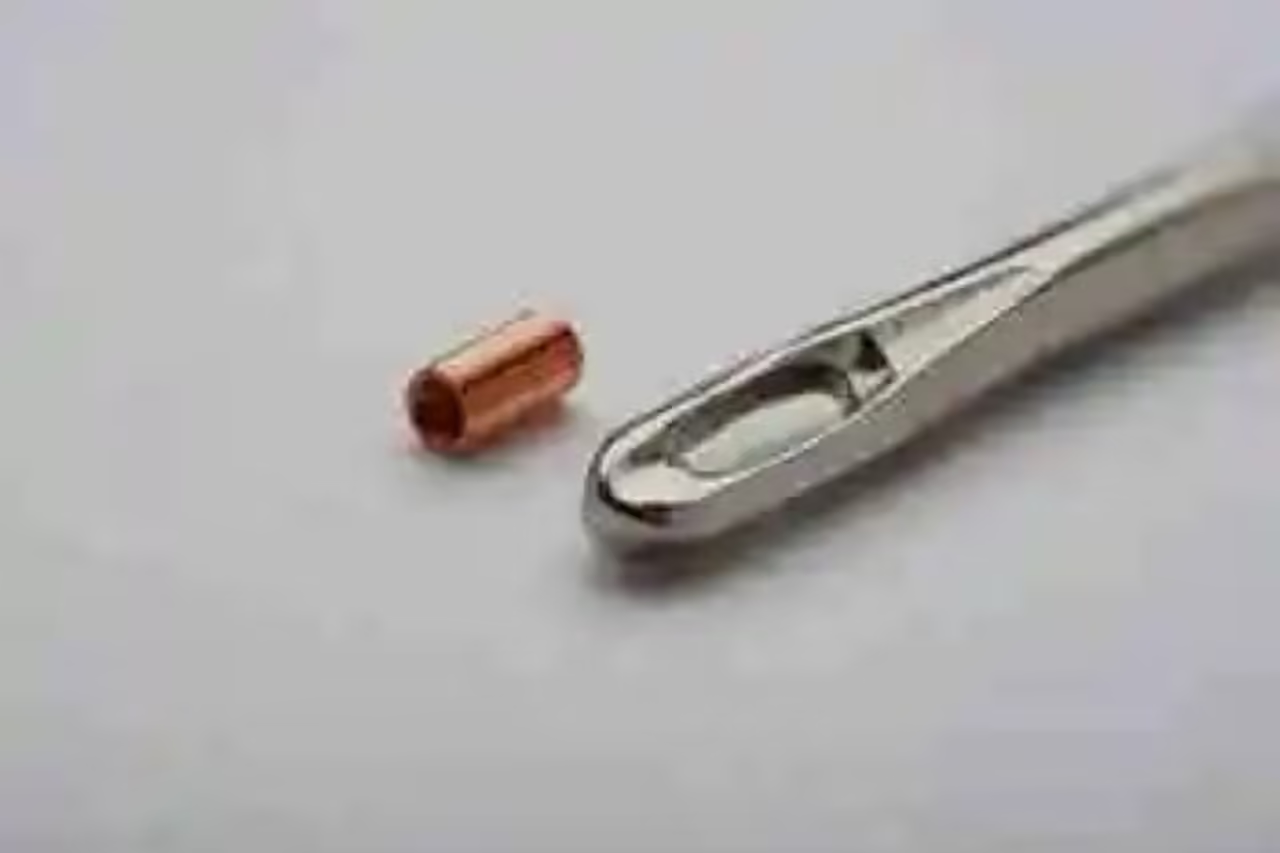
Diffractive Optical elements (DOE) are optical components whose operating principle is based on the wave nature of light. From the outside, these components are flat in appearance but at a closer look they are similar to structured diffusers, with microstructures covering the active side of the DOE. The striking difference that sets diffractive optical elements apart from regular diffusers is that a great degree of control can be exerted over the output light. This fact makes diffractive optical elements a very convenient type of optical element that is often included in any laser system with the aim of boosting optical performance.
Thus, a diffractive optical element can turn the input radiance into a pattern that fits the requirements of a specific application. It can convert a Gaussian radiance pattern into a Top Hat pattern for instance. It can also turn the same Gaussian pattern into another pattern that exhibits a specific geometrical shape. Given the myriad of optical functions that a diffractive optical element can perform, it is quite common to require a custom made diffractive optical element that delivers the required optical output characteristics.
Based on the application characteristics, the requirements for a custom diffractive optical element can be defined. The first step is to identify the type of optical transformation that is needed from the diffractive optical element, if it has to be a simple circular Top Hat beam or some other geometrical shape. Or if something different from a Top Hat is needed such as a pattern with varying irradiance levels. Once this data is known, some scaling calculations are performed that take into consideration the operating wavelength and the pixel pitch, among other factors. When all this data is known and understood, the next step is to calculate the required phase modulation level on each pixel on the diffractive optical element. More than a calculation, this step is more about optimizing the whole pixel array structure. For this step, then, an optimization algorithm is needed that considers the manufacturing constraints in terms of phase and spatial quantization. A figure of merit has to be defined to evaluate how good the diffractive optical element is performing at each optimization step. Depending on the application and type of diffractive optical element, some optimisation algorithms will converge faster than others but with modern personal computers the processing time is certainly not an issue. The end product will be a design for a custom diffractive optical element made for a specific application. Such a design is then manufactured using standard semi-conductor methods, requiring no special tooling typically. Due to the flexibility of design and manufacture, a custom diffractive optical element can often be designed and produced within a few days, unlike traditional optics that require grinding and pre-tooling that often take weeks.







